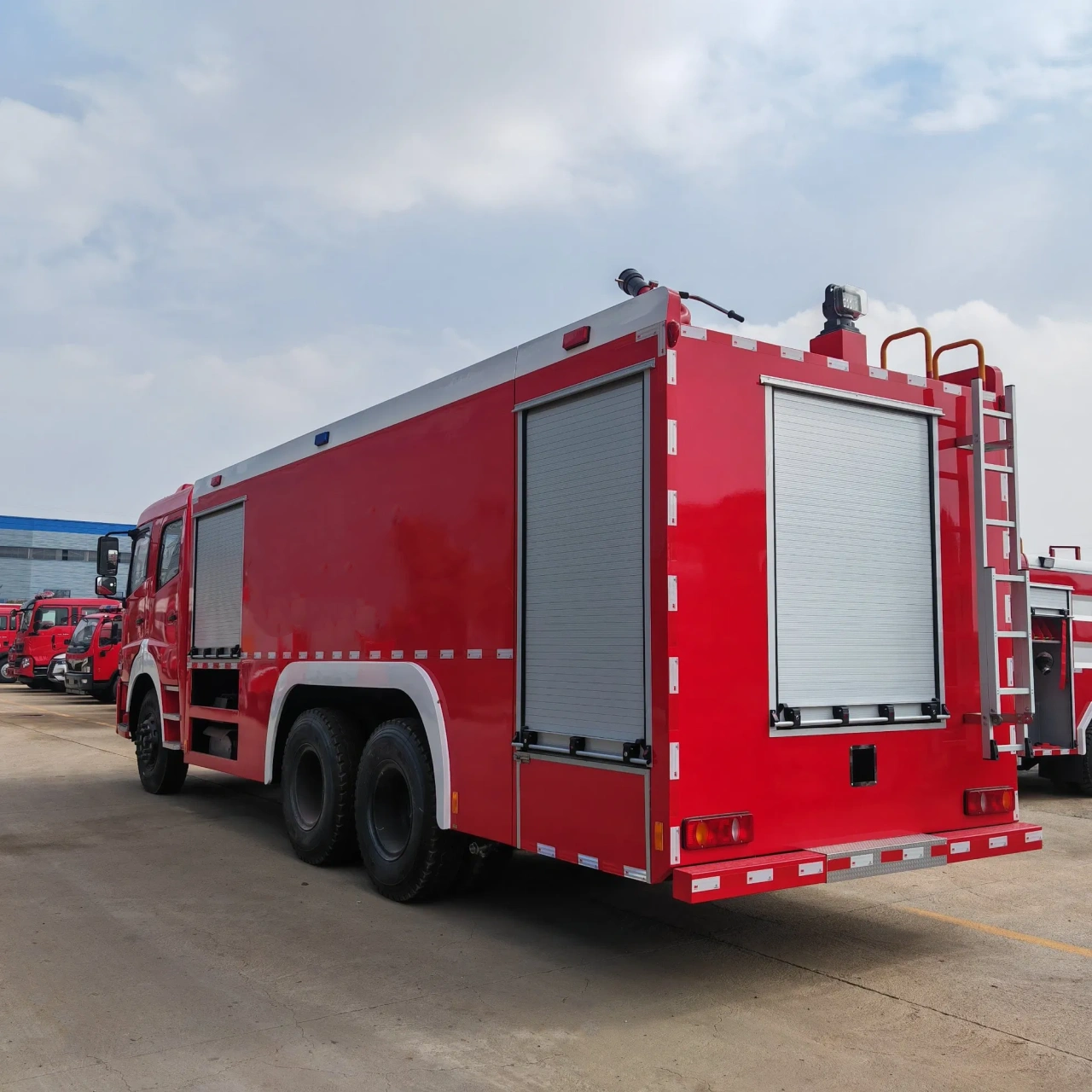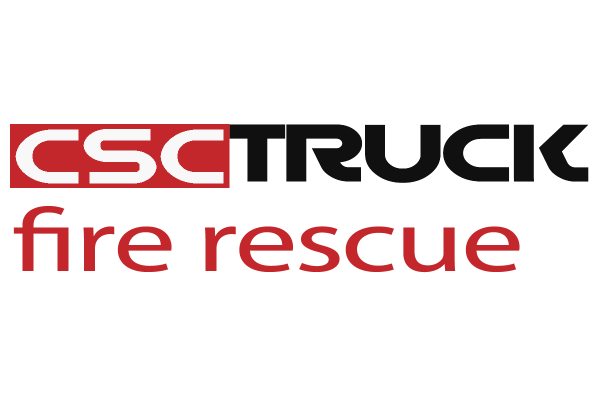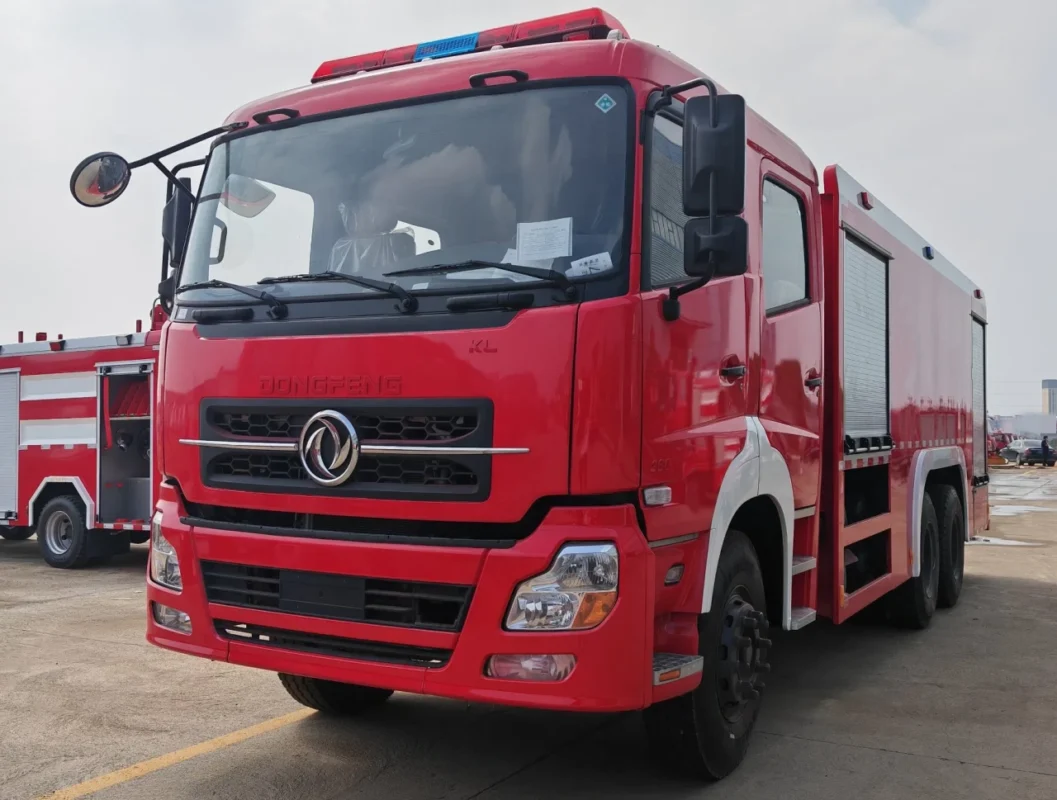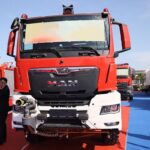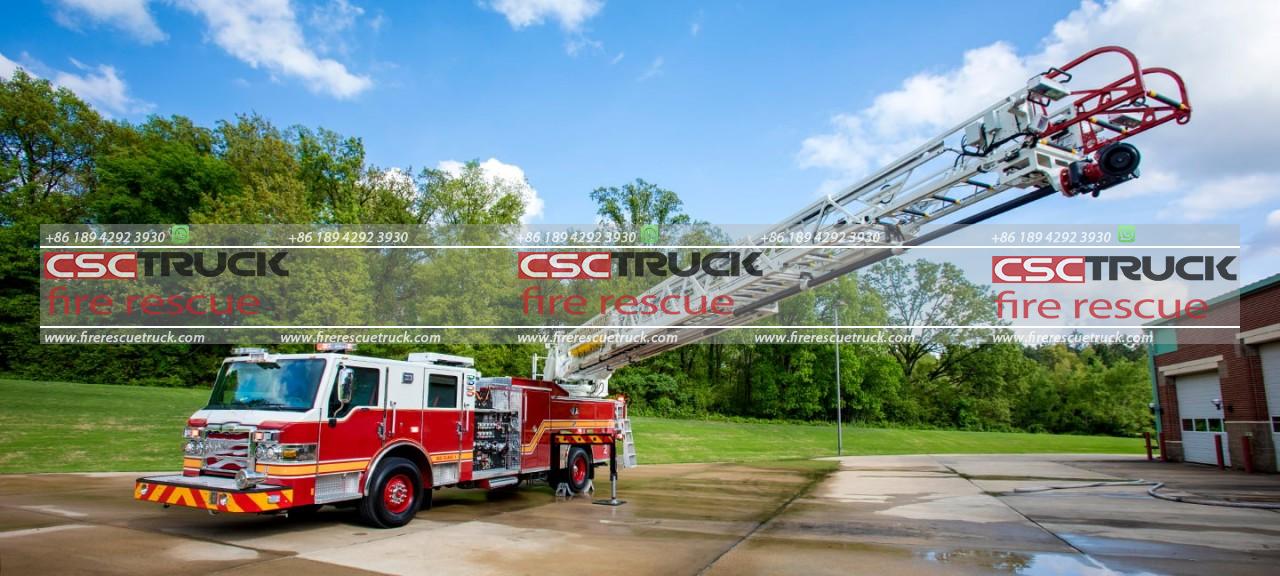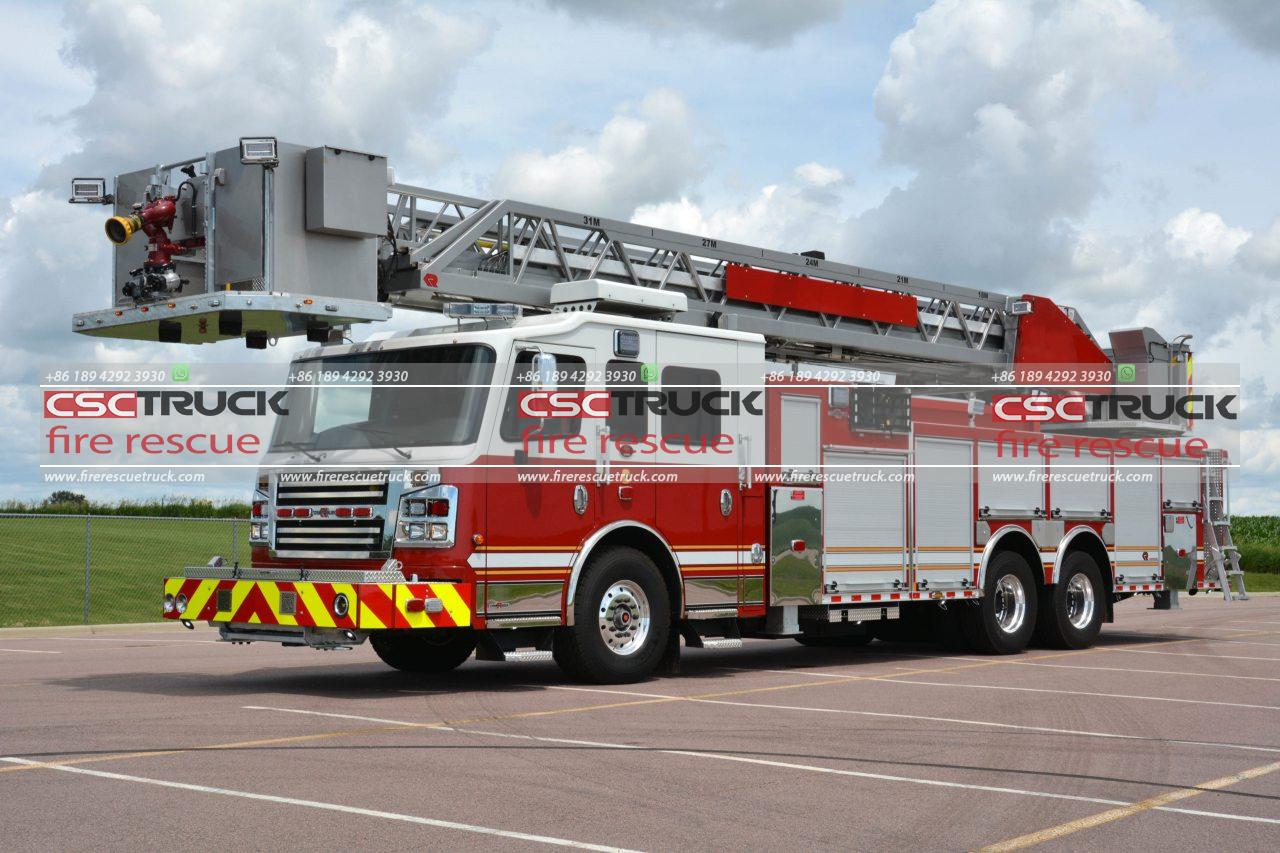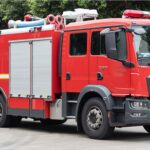Firefighting apparatus comes in various configurations, each tailored to specific roles in emergency response. Among these, the terms “fire truck” and “pumper” are often used interchangeably, but they refer to different types of fire apparatus with distinct functions. Understanding the differences between a fire truck and a pumper is essential for fire service professionals, municipal planners, and the general public alike.
Definitions and Primary Functions
What is a Fire Truck?
A fire truck, in the broadest sense, is any vehicle used by fire departments for firefighting operations. However, in professional terminology, a “fire truck” usually refers to a vehicle equipped with an aerial ladder or platform, designed primarily for rescue operations, ventilation, and providing elevated water streams.
Fire trucks are often categorized as “aerials,” “ladder trucks,” or “tower ladders,” depending on the type of equipment they carry. These trucks play a crucial role in firefighting operations by providing firefighters with access to high-rise structures, rooftops, and other elevated locations. Additionally, fire trucks are equipped with a variety of tools, such as saws, axes, ventilation fans, and rescue gear, to support various emergency operations beyond just fire suppression.
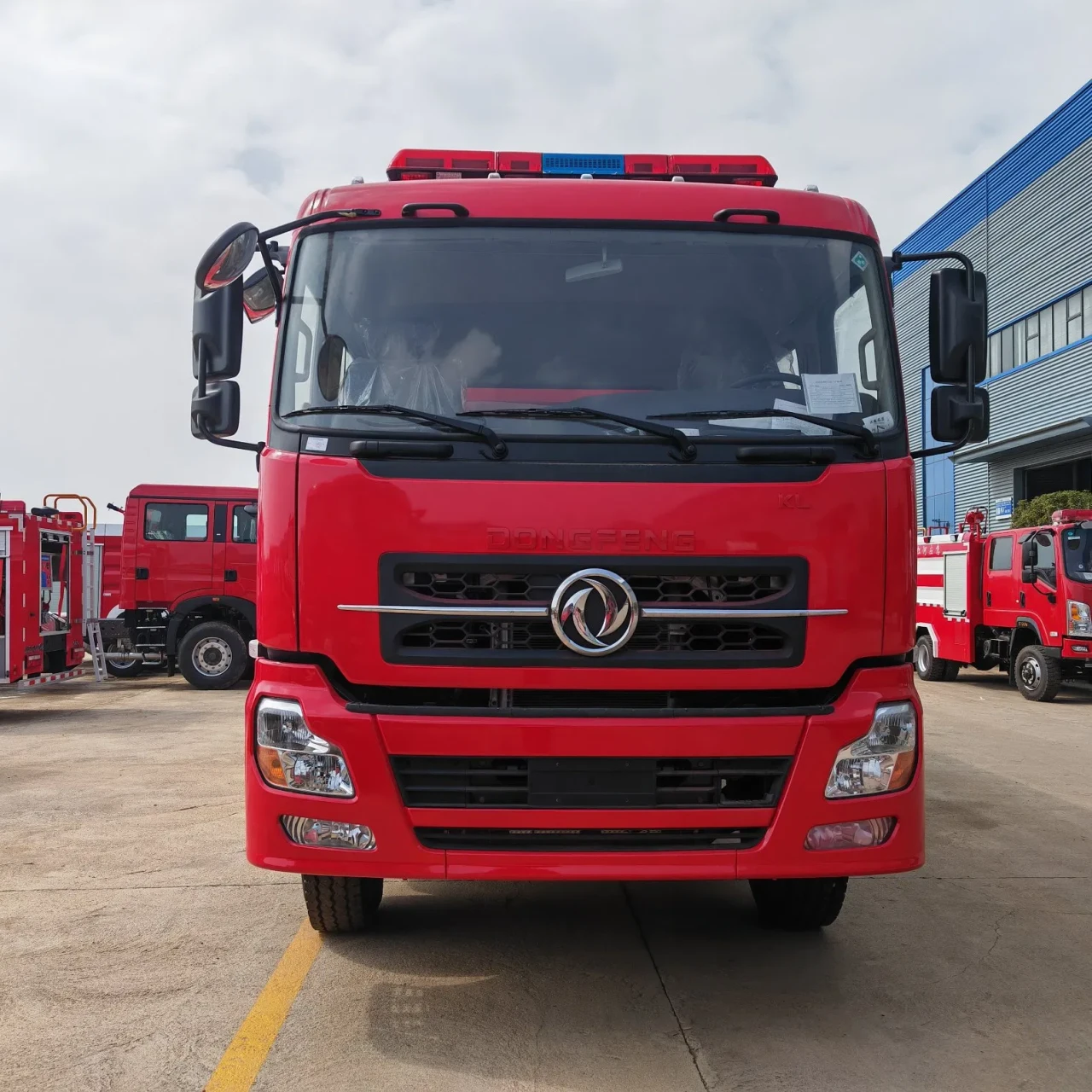
What is a Pumper?
A pumper, also known as an engine or fire engine, is a fire apparatus primarily designed to transport water and deliver it through hoses and pumps to extinguish fires. Pumpers are the backbone of most fire departments and are responsible for directly combating fires by supplying water to the fire scene.
Pumpers are equipped with a large water tank, a fire pump, and hose storage compartments. They can draft water from fire hydrants, static water sources (such as lakes or ponds), or rely on their onboard water tanks in situations where a hydrant is unavailable. These vehicles also carry firefighters and essential firefighting equipment, making them the first-line response unit in most fire emergencies.
Key Differences Between a Fire Truck and a Pumper
1. Primary Function
- Fire Truck: Designed for rescue operations, aerial access, and ventilation.
- Pumper: Primarily used for water delivery and fire suppression.
2. Water Pumping Capabilities
- Fire Truck: Typically does not have a large onboard water tank or pump, though some ladder trucks may have a small pump for aerial water streams.
- Pumper: Equipped with a powerful fire pump (typically 1,000-2,500 gallons per minute) and an onboard water tank (usually 500-1,500 gallons).
3. Equipment Carried
- Fire Truck: Ladders, aerial platforms, rescue tools, ventilation equipment, forcible entry tools, and extrication gear.
- Pumper: Fire hoses, nozzles, water pumps, fire extinguishers, self-contained breathing apparatus (SCBA), and some rescue tools.
4. Aerial Capabilities
- Fire Truck: Features an extendable ladder or aerial platform for high-rise access.
- Pumper: Typically lacks an aerial ladder but may carry ground ladders.
5. Role in Firefighting Operations
- Fire Truck: Supports firefighters by providing access to elevated structures, assisting in rescues, and helping with ventilation and overhaul operations.
- Pumper: Engages directly in firefighting by delivering water to attack lines, supplying other units, and managing fireground water flow.
6. Personnel and Staffing
- Fire Truck: Usually staffed with a crew focused on search and rescue, ventilation, and special operations.
- Pumper: Staffed with firefighters trained to operate hoses, pumps, and conduct fire suppression.
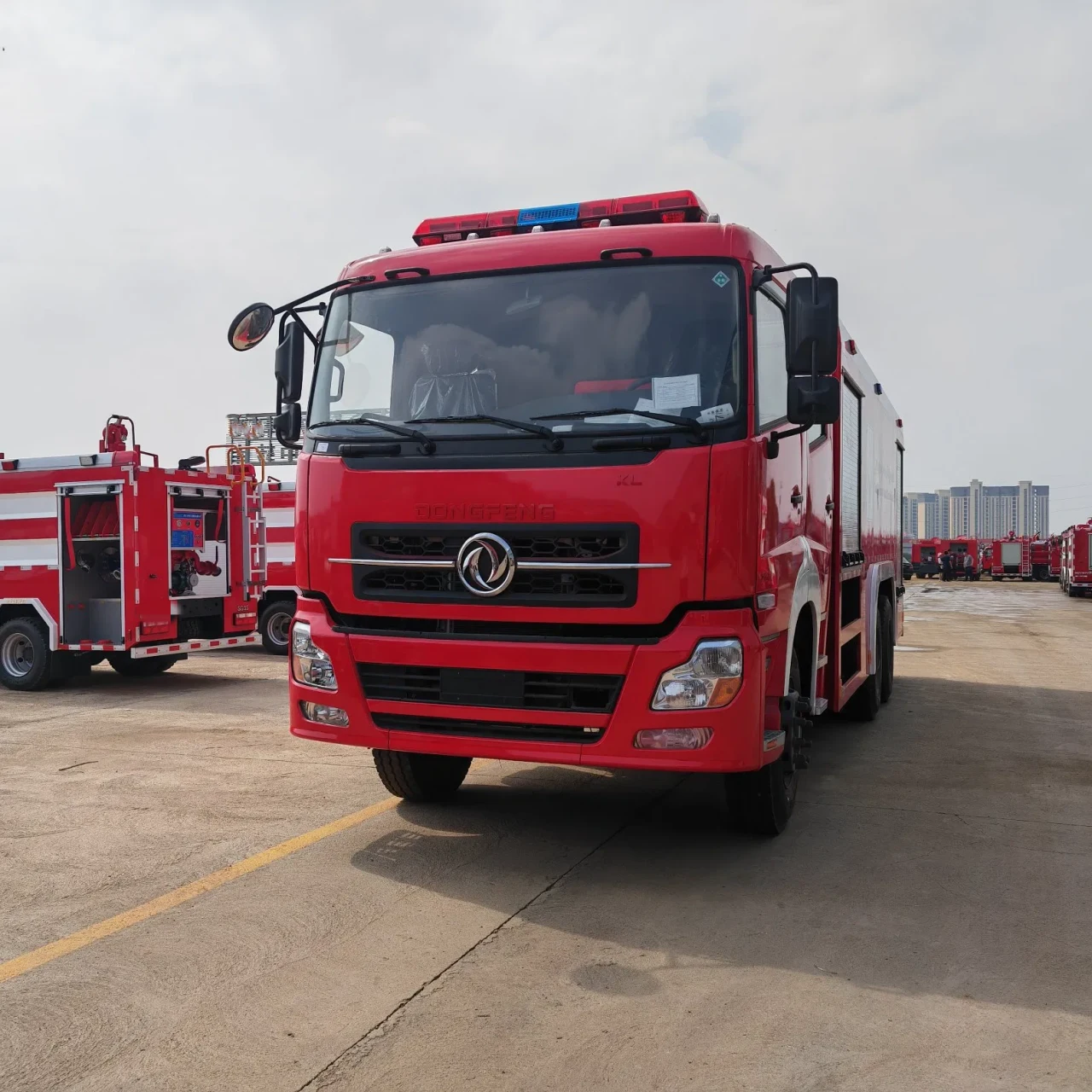
How They Work Together in Firefighting
During a fire emergency, both fire trucks and pumpers play complementary roles. A typical fire response involves a pumper arriving first to establish a water supply and begin extinguishing the fire. Meanwhile, a fire truck follows to provide aerial access, assist with rescues, and perform ventilation.
For example, in a multi-story building fire, the pumper crew connects to a hydrant and lays down attack lines to combat the flames. At the same time, the fire truck positions its aerial ladder to rescue trapped occupants, ventilate smoke-filled areas, and provide an elevated water stream if needed.
Variations and Specialized Apparatus
Although the traditional fire truck and pumper distinction is clear, many modern fire departments use hybrid or multi-purpose apparatus that combine features of both.
- Quint Trucks: A quintuple (or “quint”) apparatus combines the functions of a pumper and a ladder truck, featuring a fire pump, water tank, aerial ladder, hose storage, and ground ladders. These are useful for departments needing versatility in limited fleet sizes.
- Rescue Pumpers: Some pumpers are designed with additional rescue tools, blurring the line between traditional pumpers and fire trucks.
- Tanker-Pumpers: In rural areas without fire hydrants, some pumpers carry larger water tanks (up to 3,000 gallons) to serve as both a pumper and a water tender.
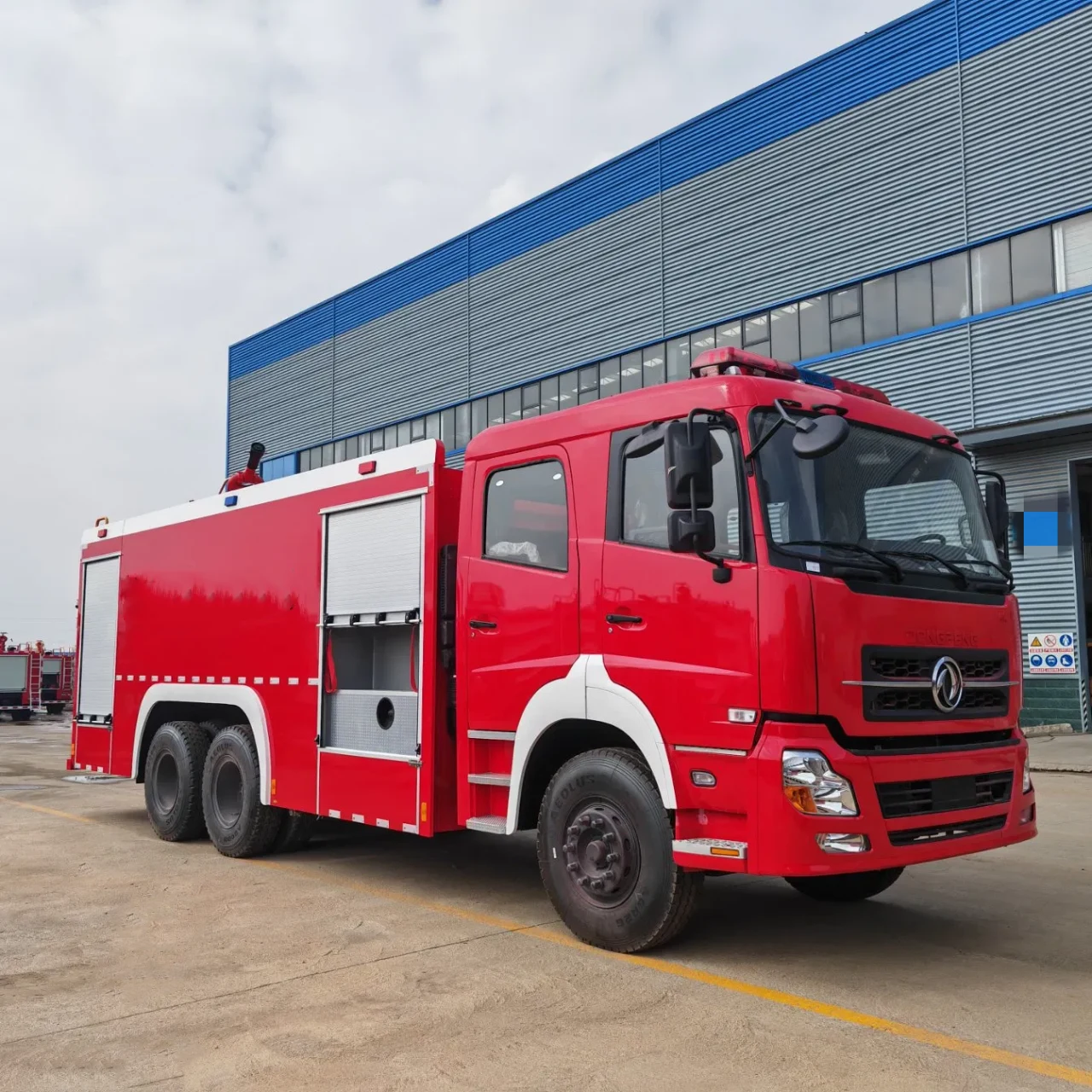
Choosing the Right Apparatus for a Fire Department
Fire departments must consider several factors when determining whether to invest in fire trucks, pumpers, or hybrid apparatus:
- Community Needs: Urban areas with high-rise buildings may require more fire trucks, while suburban and rural areas depend heavily on pumpers.
- Budget: Specialized fire trucks tend to be more expensive due to their advanced equipment, while pumpers are the essential workhorses.
- Response Strategy: Departments may deploy quints or rescue pumpers to maximize efficiency and cost-effectiveness.
Conclusion
While the terms “fire truck” and “pumper” are sometimes used interchangeably, they serve distinct roles in firefighting. Fire trucks focus on aerial operations, rescue, and support functions, while pumpers are the primary water delivery units for extinguishing fires. Understanding these differences helps fire departments make informed decisions on apparatus procurement and deployment, ultimately enhancing firefighting effectiveness and community safety.
